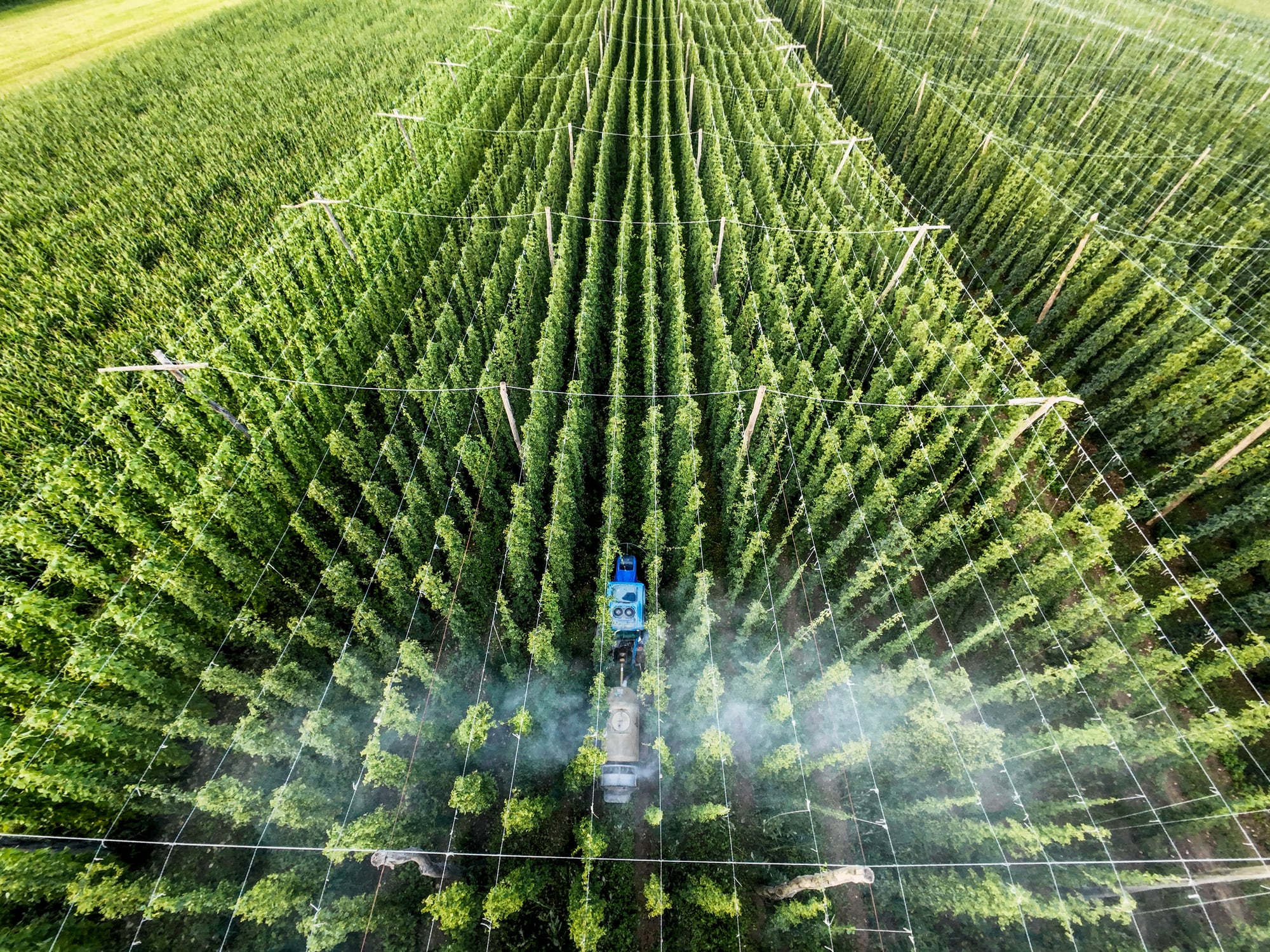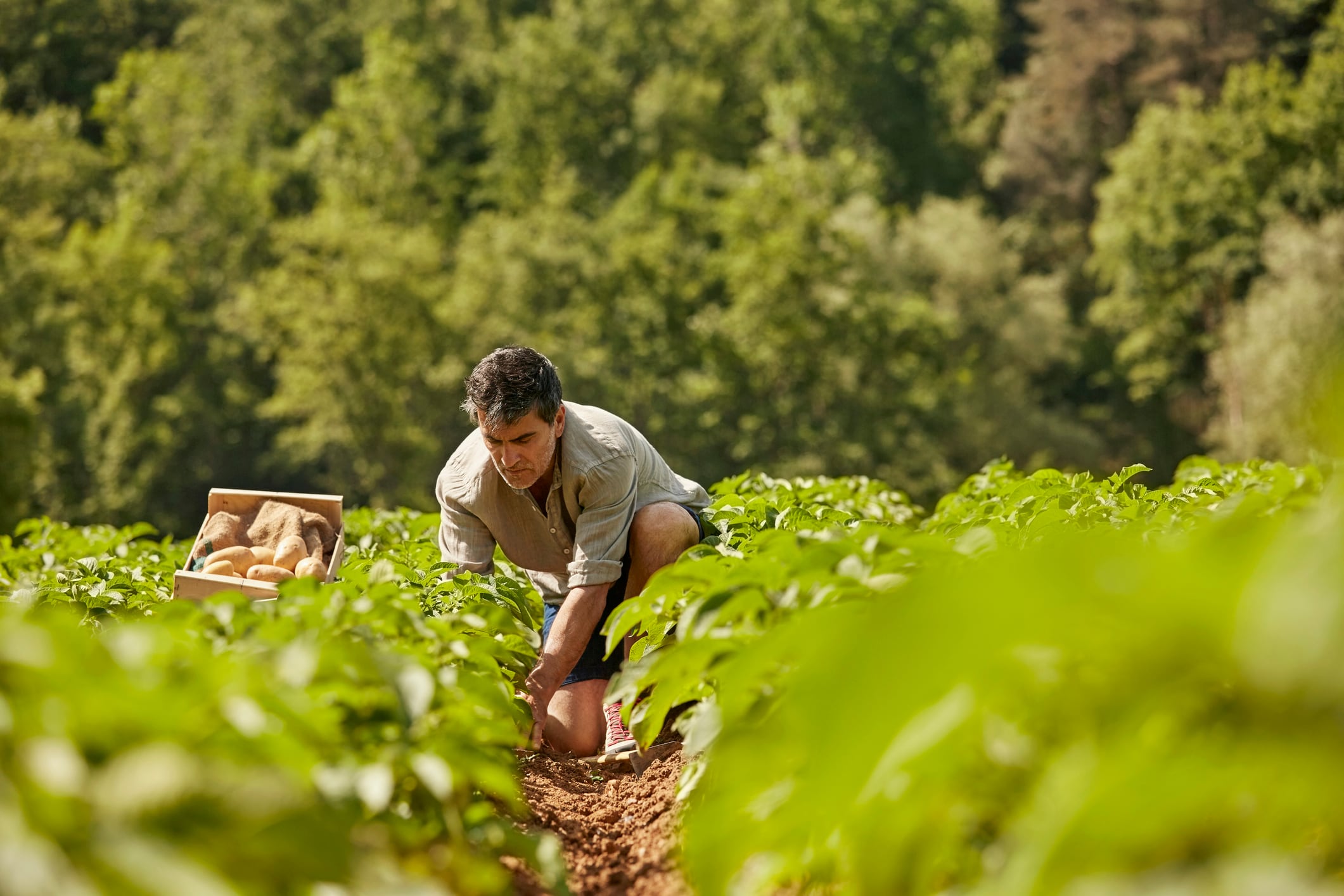In 2024, the agricultural workforce in England dropped by 2.6%. In Europe, the agricultural workforce has shrunk by a third in the last two decades. This, laments AgriRobot’s co-founder and CCO Henrik Lynge Jacobsen, is part of a wider trend we are seeing around the world: people are leaving rural areas, and fewer young people are choosing careers in farming.
And as the world’s population increases, we will need to produce 70% more by 2050 to meet global needs.
This is a “tough challenge”, Jacobsen, believes, especially as the availability of farm labour steadily declines. Meeting this demand will require not just more effort, but “smarter systems that can take on essential work when people can’t”.
Autonomous machinery hopes to fill the gap. But Jacobsen is sounding the warning that safety concerns remain one of the biggest barriers to full-scale adoption of these technologies, as highlighted by a recent McKinsey study.
“Machines need to be able to navigate changing terrain, dynamic weather and sudden obstacles, safely and reliably,” he told AgTechNavigator. “The systems we build to overcome this challenge must be fit for unpredictable real-world conditions, especially in a sector where the margin for error can be narrow.”
Trust is key for growth
Agtech today includes a wide range of tools, from robotic harvesters and autonomous mowers to AI-driven decision support systems and sensor-based precision farming tools. For these technologies to scale effectively, especially in shared or open farm environments, they must demonstrate safety by design, tested under real conditions and certifiable to regulatory standards, stressed Jacobsen.
As the co-founder of a company developing certifiable safety software for autonomous agricultural robots and self-propelled vehicles, he likely might. But the promise of autonomy only becomes meaningful when it can be trusted, he believes. “This is a critical part of the technological shift in agriculture. We must develop autonomous machines that are certifiable under international safety standards.”
Machines that require constant oversight, or that pose safety risks, are unlikely to be adopted at scale, regardless of how advanced their capabilities may be, he continued. “Safety has to be the foundation of any viable autonomous solution. In agriculture, where conditions are often unpredictable and machines work near people, roads, or livestock, safety must be embedded from the start. The systems must be able to respond to changing environments and meet legal and operational standards.”

And in the context of labour shortages, that reliability matters more than ever. “If a machine still needs a person standing next to it, it’s not solving the problem. But when autonomy is done right, it frees up labour for more skilled tasks, allows operations to run longer hours, and reduces the physical strain on workers, especially in high-intensity or seasonal periods.”
But safety is just one of several barriers that still prevent the broader adoption of automation and robotics in agriculture. Issues include high initial costs and uncertain ROI for users; technological complexity and reliability; and integration with existing equipment.
The interoperability problem
The technical challenge of integrating safety into autonomy in a way that meets legal and operational requirements across different regions is something that many manufacturers may struggle with, noted Jacobsen.
Another issue is complexity. The agtech market is fragmented, with multiple systems that often lack standardisation or interoperability. For many farm operators, integrating new technologies into existing workflows can feel more like a disruption than a solution.
“Interoperability,” stated Jakobsen, “is essential to gaining farmers’ trust”.
The safety issue, however, underpins all these issues, Jacobsen believes. “Safe automation doesn’t just unlock efficiency,” he said. “It strengthens the overall resilience of farming operations, from how labour is managed to how environmental challenges are addressed. As climate conditions become less predictable and rural labour becomes scarcer, farm technology needs to be built with safety and reliability at its core.”





